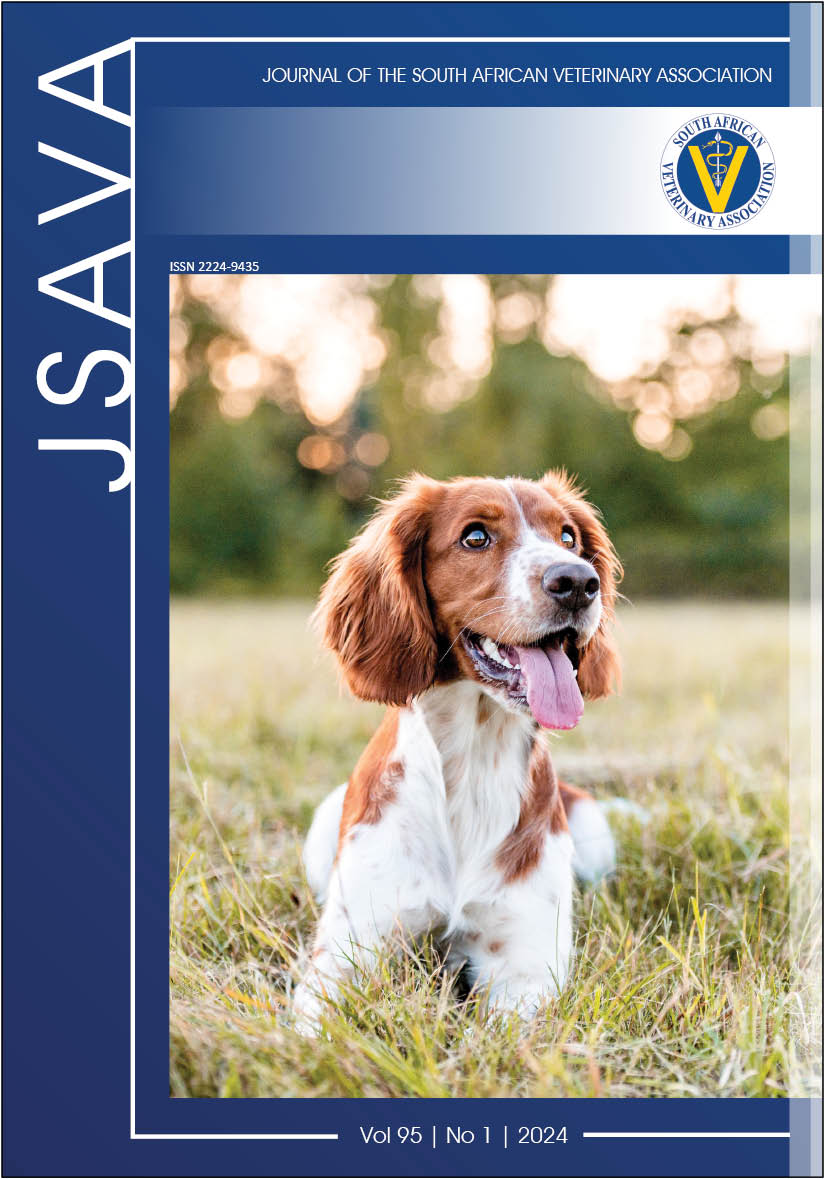A novel loop-mediated isothermal amplification (LAMP) assay to diagnose feline panleukopenia
Keywords:
feline panleukopenia, LAMP, point-of-care diagnosis, domestic and wild felidsAbstract
Protoparvovirus carnivoran1, known commonly as feline panleukopenia virus (FPV) is a highly contagious and environmentally stable parvovirus of domestic as well as wild felids. A rapid and robust diagnostic tool will aid in implementing prompt treatment and control measures.
A loop-mediated isothermal amplification (LAMP) as a point-of-care diagnostic tool for diagnosing feline panleukopenia was standardised using faecal samples of cats. The assay will reduce the cost and time required to diagnose feline panleukopenia.
A set of two outer primers (F3 and B3) and two inner primers (FIP and BIP) were designed to target the viral polypeptide (VP2) gene of FPV. Optimisation of the LAMP reaction was done at 60 °C for one hour after an initial denaturation at 95 °C for five minutes. Visualisation of the result based on the addition of SYBR Green 1 dye offered an easy and reliable diagnosis.
The detection limit of the standardised LAMP assay was as low as 1.25 ng/μl of the target DNA. Species specificity of the LAMP primers revealed no amplification of the non-target DNA of any other species except that of the canine parvovirus DNA template. DNA extracted from 100 PCR-positive and 20 PCR-negative faecal samples were subjected to the standardised assay and compared with PCR.
Analysis of the results revealed that the LAMP assay was 100% sensitive and 90% specific compared to PCR. The LAMP assay could be a reliable tool for the point-of-care diagnosis of feline panleukopenia in limited resource settings.

